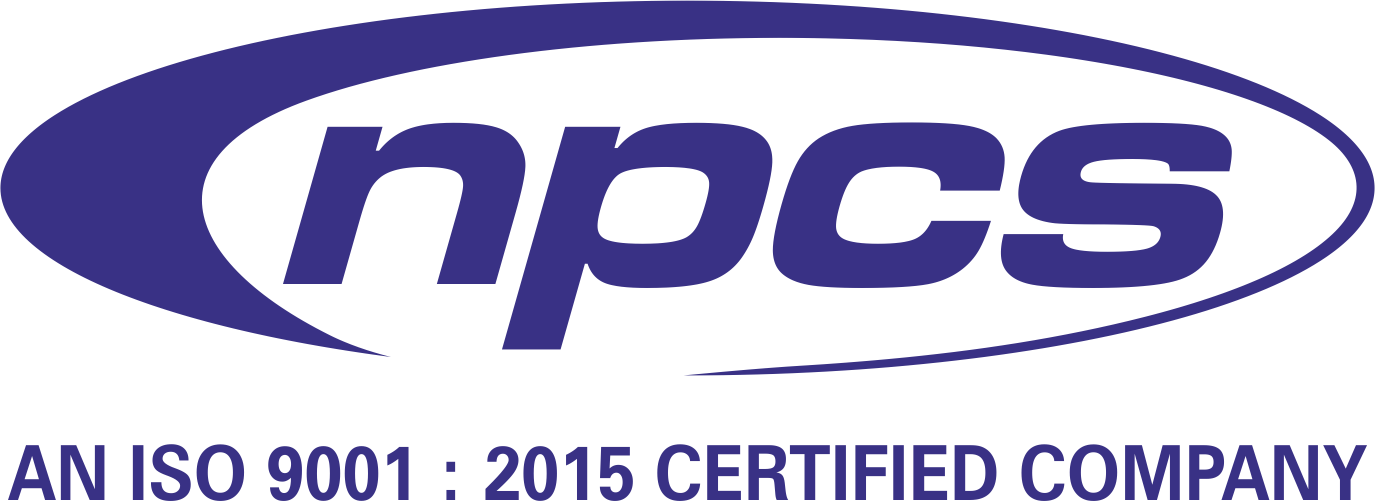Small and medium-sized enterprises (SMEs) are destined to be of great importance when it comes to managing climate change. While big corporations usually have some resources to use when injecting sustainability into their processes, SMEs feel they don’t have the budget or manpower to adopt carbon footprint reduction strategies. In fact, many low-cost practices can help SMEs go green and benefit their bottom line. The paper describes possible practical and cheap eco-friendly business ideas for carbon footprint reduction and can be adopted by any SME.
1. Start with Energy Efficiency
Federal funds can cover about 60% of the cost for small or medium enterprises in energy efficiency improvements. According to the US Department of Energy, businesses can reduce their energy use up to 30% by adopting energy-efficient practices.
Simple Energy-saving Tips:
- Switch to LED lighting: Replace incandescent or fluorescent lighting with energy-efficient LED bulbs; this is a very inexpensive investment that pays off in great dividends in energy savings.
- Upgrade to energy-efficient appliances: Get appliances that have high energy ratings. For example, energy-efficient air conditioners, heaters, and office appliances usually lower electric bills and cut steam in the environment.
- Switch off appliances when not in use: All lights, electronics, and machinery should be switched off when not in use. Motion-sensor lights or smart plugs can be installed to do that automatically.
Such measures reduce energy bills and help the environment because, where the requirement for energy is diminished, the carbon footprint is automatically reduced.
Also Read: Set-Up your own EV Charging Stations
2. Embrace Remote Work and Reduce Travel
Transportation has, in fact, and Transportation is, way more of a contributor to the carbon footprint of an SME than any other activity. A significant portion of emissions is generated from commuting and business travel. In this age of technology, however, it has also become possible for employees to work from home, hence greatly reducing the driving-to-work distance and, thus, the employees’ carbon footprint reduction.
Benefits of remote work:
- Cut transportation emissions: Allowing employees to work from home reduces the amount of driving done in their day-to-day lives. Thus, emissions are greatly cut down.Â
- Reduction of operation costs: Possible: cuts down on space utilisation, and hence saving on rents, utilities, etc.Â
- Virtual meetings: Online or physical meetings can be avoided through video conferencing tools like Zoom and Google Meet, which encourages the SMEs to further reduce travelling for business reasons, thus reducing carbon emissions.Â
For that matter, moving to the remote and hybrid work model is not only an environmentally friendly thing to do, but such a move can also increase employee satisfaction and reduce overheads.
Also Read: Best Eco-Friendly Products, Projects & Ideas for Startups
3. Optimize Waste Management
Waste management is yet another prime area where SMEs can impact their carbon footprint. Waste reduction towards landfills saves resources and, at the same time, reduces methane emissions—a more potent greenhouse gas.
Cost-Effective Waste Reduction Strategies
- Recycling: Establish an office recycling program for paper, plastic, and glass. Employees should be encouraged to separate their waste and dispose of it properly.Â
- Digital documentation: Move towards being entirely paperless by adopting digital modes of communication, invoice sending, and document storage.
- Composting: Food waste for organisations with on-site cafeterias can be composted for a considerable reduction in landfill-bound waste.Â
These waste management strategies are thus endorsed as business ideas for green purposes and also lower disposal costs while improving the green image of the company.
4. Adopt Sustainable Procurement Practices
Two important avenues are sustainable sourcing and sustainable procurement, which can greatly reduce the carbon footprint of an organization. Such steps can break even for small businesses when they partner with suppliers that produce or employ sustainable practices and resources.Â
Procurement strategies include:
- Buy local: Sourcing from local suppliers will thus help SMEs by saving transportation and shipping costs from abroad.
- Eco-friendly materials: For manufacturing or packaging businesses, opting for recycled or biodegradable materials can reduce the environmental impacts.
- Work with certified sources: Partnering with suppliers that have, let us say, Fair Trade, FSC, or ISO 14001 certification (Environmental Management) would mean that an organisation can depend on its suppliers and partners to fulfil environmental standards.
Not only would this aid in reduced emissions, but it also helps the reputation of your company in the minds of eco-conscious consumers.
Our Project Reports:
Also Read: 50 Green Business Ideas for Aspiring Entrepreneurs
5. Invest in Green Certifications
It is absolutely one of the best ways for SMEs to demonstrate commitment toward reducing the carbon footprint by obtaining a green certification. While some are costly, there are many cheap or sometimes completely free certifications available to smaller businesses.
The most sought-after green certifications
- Energy Star: Certification helps organisations realise and practice the energy-efficient way of doing business.
- Green Business Bureau (GBB): A tiered certification that businesses use to assess and improve their sustainability.
- B Corporation Certification: High-performance, accountability, and transparency standards of social and environmental performance are met through this certification.
Such certifications do not only give the businesses credibility but also help attract customers, who tend to prefer sustainable companies in their purchasing decisions.
6. Encourage Sustainable Transportation Options
For SMEs with an entrenched workforce that supports full-time commuting, such sustainable transportation options will further add value as a low-cost way to carbon footprint reduction for business.
Low-cost transport models:
- Bike-to-work initiative: Bike racks with incentives for employees to come to work by bicycles will decrease transportation emissions and improve the health of employees.
- Carpooling or ridesharing: A carpooling system or ridesharing can cause fewer vehicles to travel down the roads.
- Electric Vehicle (EV) Incentives: If most of their cars are company-owned, adopting electric vehicles leads to lower long-term fuel expenses and lower emissions.
- Such transport alternatives are not just reducing greenhouse gases but will also reflect savings in employee commute costs and reduced area for parking.Â
Also Read: Top Biodegradable FMCG Packaging Startups
7. Promote Energy-Efficient Office Design
Establishing a green office design can help reduce the environmental footprint of a company. It often requires initial investment efforts, but the benefits of a long-term cost benefit will eventually eclipse all initial expenses.
These are some green office design ideas.
- Use natural lighting: Position workstations so that they benefit from direct daylight. This minimises the need for artificial lighting during the day.
- Use insulation: Insulation keeps buildings cool during the summer and mild during the winter. This reduces the amount of air conditioning and heating required.
- Indoor plants: Plants should be made part of the office environment. They enrich air quality and enhance employee productivity.
Using these design principles, SMEs can create workspaces that are energy-efficient and sustainable in their operations, relating both to the environment and the business.
Read Our Books
- Startup Projects for Entrepreneurs: 50 Highly Profitable Small & Medium IndustriesÂ
- Entrepreneur’s Start-Up Handbook: Manufacturing of Profitable Household (FMCG) Products with Process & Formulations (2nd Revised Edition)Â
Conclusion
All SMEs will have a role to play in the global carbon footprint reduction, as the use of green business ideas tends to be cost-effective. Simple day-to-day activities like minimising energy consumption, improving the lifecycle of waste management, using sustainable buying practices, and much more can result in huge reductions in ecological harm. So small businesses become part of the heritage concern for the management of the planet and will create a sustainable, cost-effective business model that speaks to today’s cost- and environmentally-conscious consumers.
If you want to start a green business, check out the list of resources and services available at NIIR, where you will find several practical tools to reduce the environmental impact of your business.






